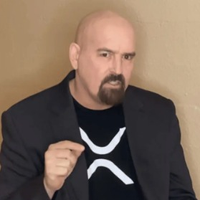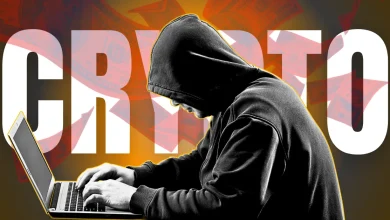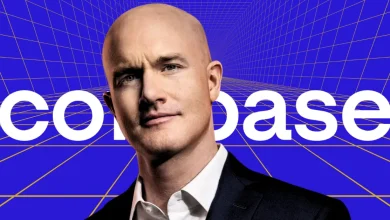
Judge Torres applies the Howey Test to blockchain technology in the Ripple case, creating the "Torres Doctrine."
Crypto law expert John Deaton supports the decision, highlighting its significance in upholding court authority.
The ruling marks a major shift in cryptocurrency legal interpretation and challenges the SEC's claims.
In a landmark legal decision, Judge Torres established the “Torres Doctrine,” applying the 1946 Howey Test to modern-day blockchain technology in the Ripple case. The verdict has been met with approval from lawyers within the crypto industry, most notably, john e deaton

 john e deaton john EntrepreneurHostMarket Analyst , the founder of CryptoLawUS.
john e deaton john EntrepreneurHostMarket Analyst , the founder of CryptoLawUS.
Understanding the Torres Doctrine
John Deaton, a prominent figure in crypto law, points out that Judge Torres has brought forward a new precedent, often referred to as the ‘Torres Doctrine,’ which essentially interprets and applies the classic Howey Test to the complexities of blockchain technology.
The Howey Test, dating back to 1946, is the standard method in US law to determine whether certain transactions qualify as “investment contracts.” Deaton emphasizes that Judge Torres simply performed a strict application of the test on each type of XRP sale, the cryptocurrency developed by Ripple, that the SEC claimed violated the law.
Deaton further elaborated, “Institutional sales satisfied all factors of the Howey test. Programmatic sales on exchanges did not satisfy all factors of the test.” The lawyer also underscored that the Howey Test doesn’t ask judges to evaluate the sophistication level of the buyers or consider policy implications behind the 1934 Securities Act.
But Wait…Why Does It Matter?
Deaton explains that the Torres Doctrine while appearing straightforward, is important because it maintains the authority of the courts in the face of technological innovation. “A judge’s job is to apply existing law to the facts,” he emphasized, and that’s exactly what Judge Torres achieved.
The doctrine is not about validating or undermining the crypto industry, but about ensuring that the law remains the final arbiter, even in the face of new technologies. Deaton highlights how, despite claims of the test’s clarity, Judge Torres has proven that its application in the context of modern-day blockchain technology is far from simple or straightforward.
A Strong Blow to SEC’s Claims
Deaton also drew attention to a transcript from the SEC vs. Coinbase case, highlighting the SEC’s claim that the Howey case gives industry participants all the knowledge they need to determine whether a token is a security. However, the SEC’s failure in the Ripple case tells a different story.
“It’s up to Congress to decide if policy considerations from 1934 hold up today. The point is the SEC lost. Period. And her decision was a sound application of the Howey Test,” Deaton explains.
We’re Taking Strong Steps Forward!
James A. Murphy, the founder of Metalawman, agrees, citing Judge Torres’ extensive legal background and experience in both state and federal courts.
“Nobody believes Judge Torres is out to help the ‘crypto bros.’ She just applied the law, without fear or favour.” – James A Murphy
Judge Torres’ application of the Howey Test, in this case, is an impactful step forward. While the ripple effects of the ‘Torres Doctrine’ are yet to be fully understood, one thing is clear – the ruling represents a new era of legal interpretation and application in the cryptocurrency landscape.










